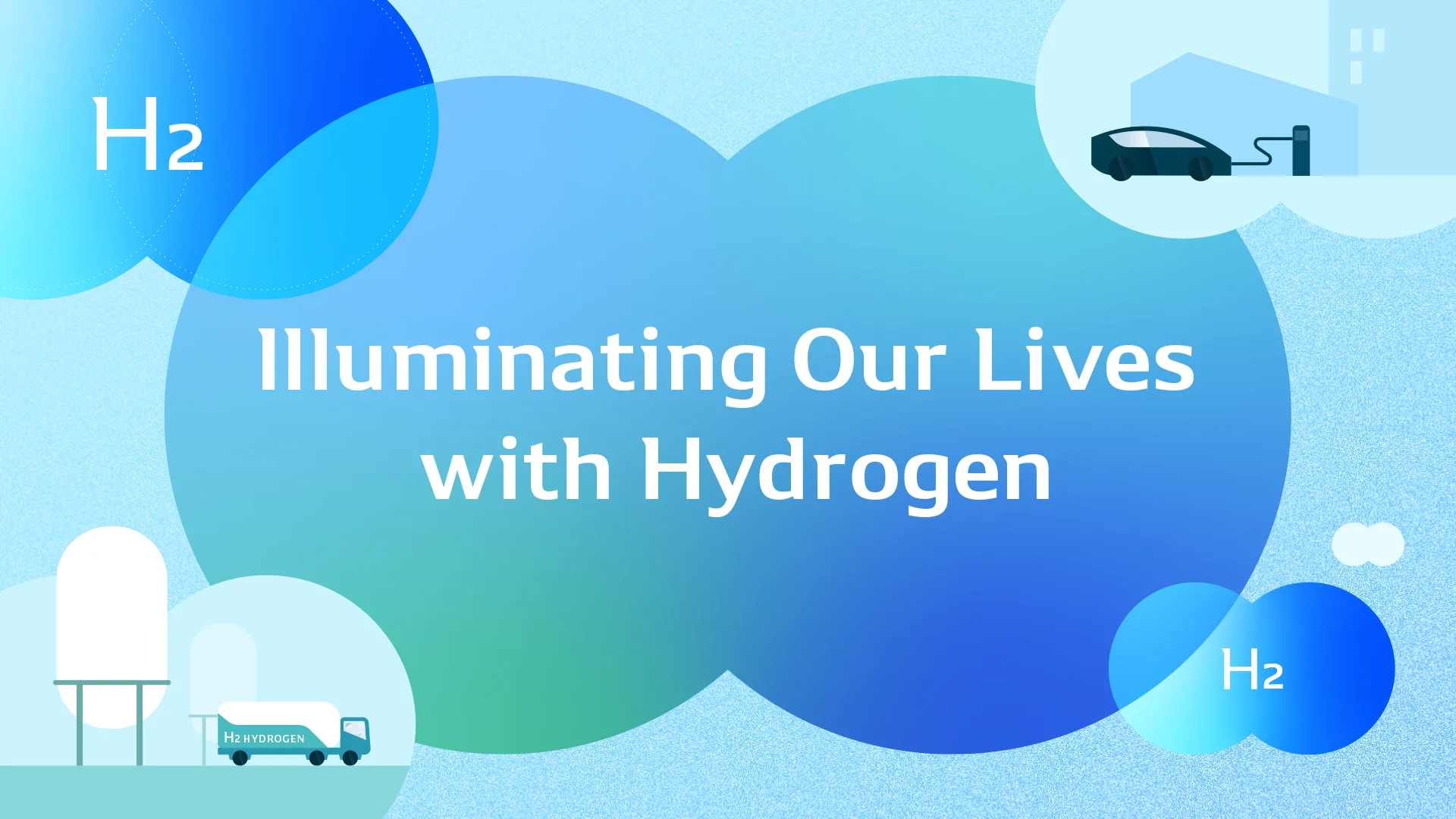Did you find this article helpful for what you want to achieve, learn, or to expand your possibilities? Share your feelings with our editorial team.
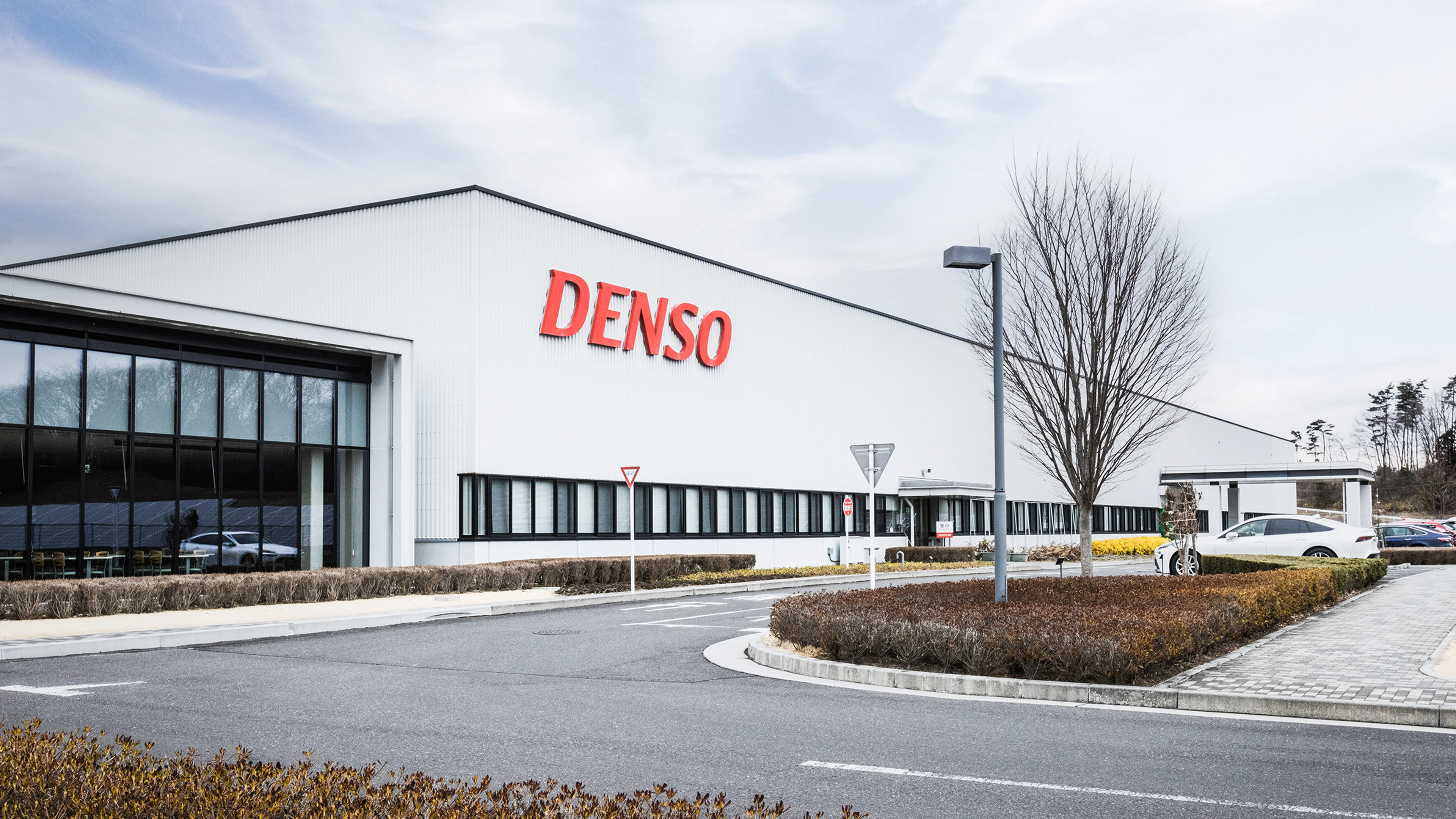

May 19, 2023
VISION & IDEALocal production for local consumption: building a next-generation energy model in Fukushima
DENSO Fukushima aims to revitalize the local region by utilizing hydrogen
Local production for local consumption in the energy field—an approach known as “local energy”—is an important part of the pursuit of widespread carbon neutrality and greater energy resilience, and in which hydrogen plays a key role.
DENSO Fukushima is trying the local energy approach in order to revitalize the local region through utilization of hydrogen.
Let’s take a look at the company’s ongoing project together with the local community with the thought that we establish and spread the new energy society model in and from Fukushima.
Contents of this article
Why local energy is important
In pursuit of Japan’s national goal of achieving carbon neutrality by 2050, and in response to natural disasters such as earthquakes and typhoons throughout the country, local energy projects are picking up the pace.
The local energy approach is said to contribute to revitalization of local regions, in addition to energy supplies for emergency situations, efficient use of energy, participation of local companies in the energy supply business, reduction of the load on the power grid and the like.
Renewable energy sources such as solar power and wind power are often used in local energy systems, but their output is heavily dependent on the weather, which creates problems of energy supply stability. It is important to establish energy storage system to solve the problem.
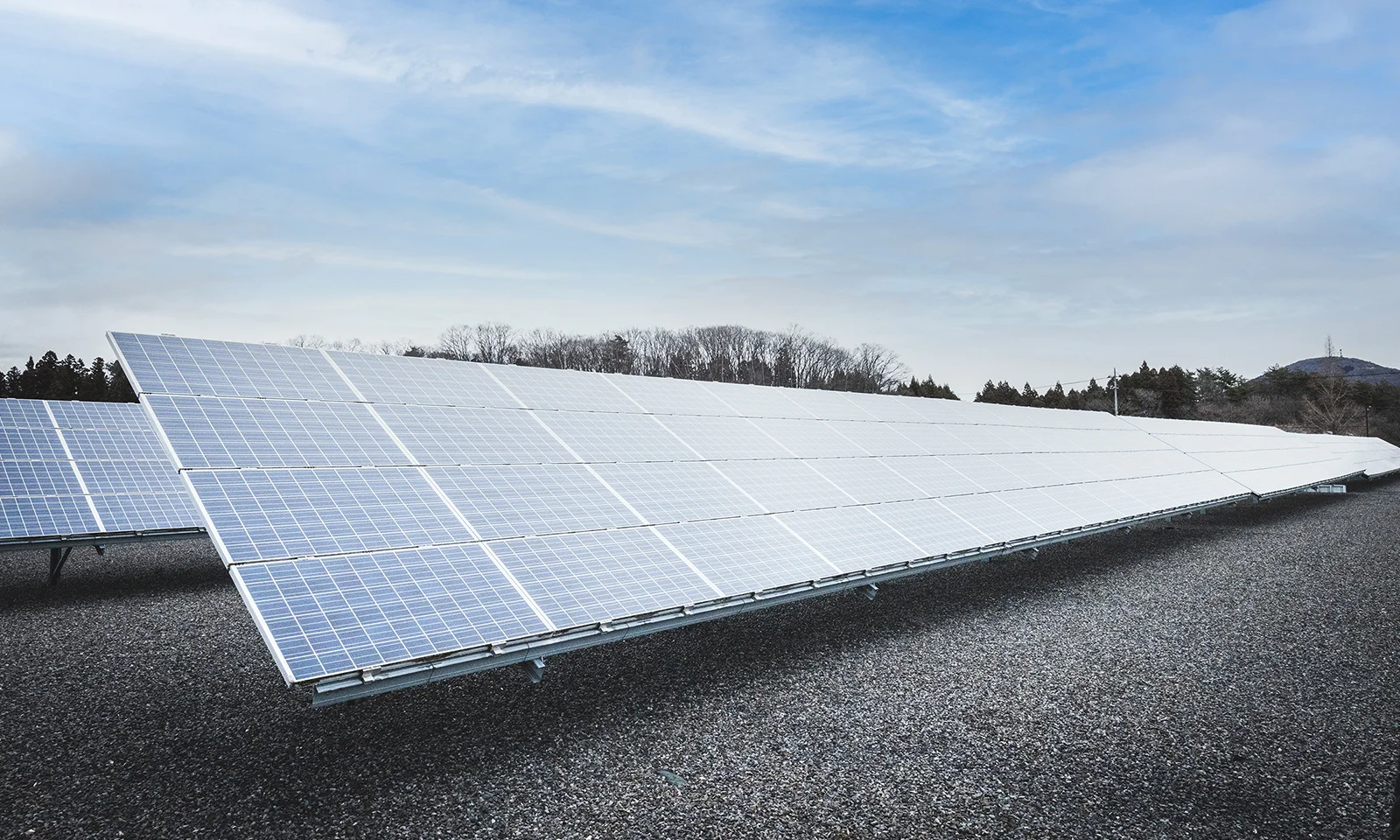
Storage batteries are one way of storing energy, but are not suitable for long-term, large-capacity storage.
That’s why many organizations are looking instead to hydrogen, which allows easy storage and transport of energy.
The phases of hydrogen utilization include production, transport, storage and usage.
If hydrogen is produced by the surplus renewable energy generated locally, and it can be stored and utilized properly in the same region, energy can be produced and used locally without waste.
DENSO Fukushima has begun in its plant its effort of hydrogen for local energy.
Local energy efforts in the DENSO Fukushima
DENSO is carrying out various activities toward the goal of carbon neutrality of its plants by 2035.
In Japan, approximately 40 percent of all CO2 emissions are generated by the manufacturing industry, which means the industry has a great responsibility in society’s pursuit of decarbonization.
Carbon neutrality can be achieved at factories by using carbon-neutral electric power, increasing the energy efficiency of production equipment, and other such measures. In plants that are equipped with industrial furnaces and burners, which are powered by fossil fuel, energy decarbonization is essential.
Various approaches to carbon neutrality are employed based on specific characteristics of plants and of regions.

Fukushima prefecture work on the support to the restoration efforts from energy field by making the entire prefecture a hub where new energy society models are created.
To assist these prefecture-wide efforts, DENSO Fukushima is taking pioneering decarbonization measures at its plant to make itself a model carbon-neutral facility for others to emulate. These measures include the use of hydrogen, which is garnering widespread attention as a potential clean energy source for the future: on-site solar panels are used to generate electricity, a water electrolysis system produces hydrogen using that electricity, and the resulting hydrogen is used in the plant’s combustion furnace. Through these efforts, DENSO Fukushima is developing and demonstrating technologies related to the two phases of producing and using hydrogen.
Furthermore, creating a local energy model based on hydrogen utilization makes it possible to reduce the energy requirements and costs for the hydrogen transport phase.
DENSO’s Kazuhiro Higuchi, who has been seconded to Toyota Motor Corporation, is involved in a decarbonization project for plants and the region in Fukushima prefecture utilizing hydrogen. He says his initial impressions when he was first assigned to the project as follows:
“When I first came to Fukushima, some regions were still recovering [from huge earthquake and nuclear disaster]. When I saw that situation in person, I began to think of ways we could contribute to the regions through our activities somehow.”
When the Great East Japan Earthquake occurred on March 11, 2011, DENSO Fukushima opened its factory, which had been just completed the day before the disaster hit there, as a refuge for nearby residents.

Through this gesture, DENSO Fukushima formed a bond with the local region just after the disaster. And now the company is about to form a new bond through hydrogen.
Working in close partnership with local communities
Higuchi has been strongly aware of the words from DENSO president Arima: “Stay close to what people in local communities want to do, not what you want to do.”
Since being assigned to Fukushima, Higuchi has proactively joined many study sessions, lectures and similar events related to hydrogen and energy in general as a presenter and a speaker.
“Promoting hydrogen utilization as part of a local energy framework cannot be accomplished by one company alone; it’s only possible when various organizations work together toward a shared goal.
We started therefore this project by brainstorming together with local companies about hydrogen and its uses. Many people tell me that, although they are interested in hydrogen itself, they struggle to understand how it pertains to their own company’s business or operations.
That’s why We have them come and look at the water electrolysis system and how it works at our DENSO Fukushima plant, so that they can better understand for themselves.
Also, we hope that sharing DENSO’s environmental technologies and expertise with local companies gives them opportunities to think more deeply about the issues and to work toward decarbonization for a long time.”
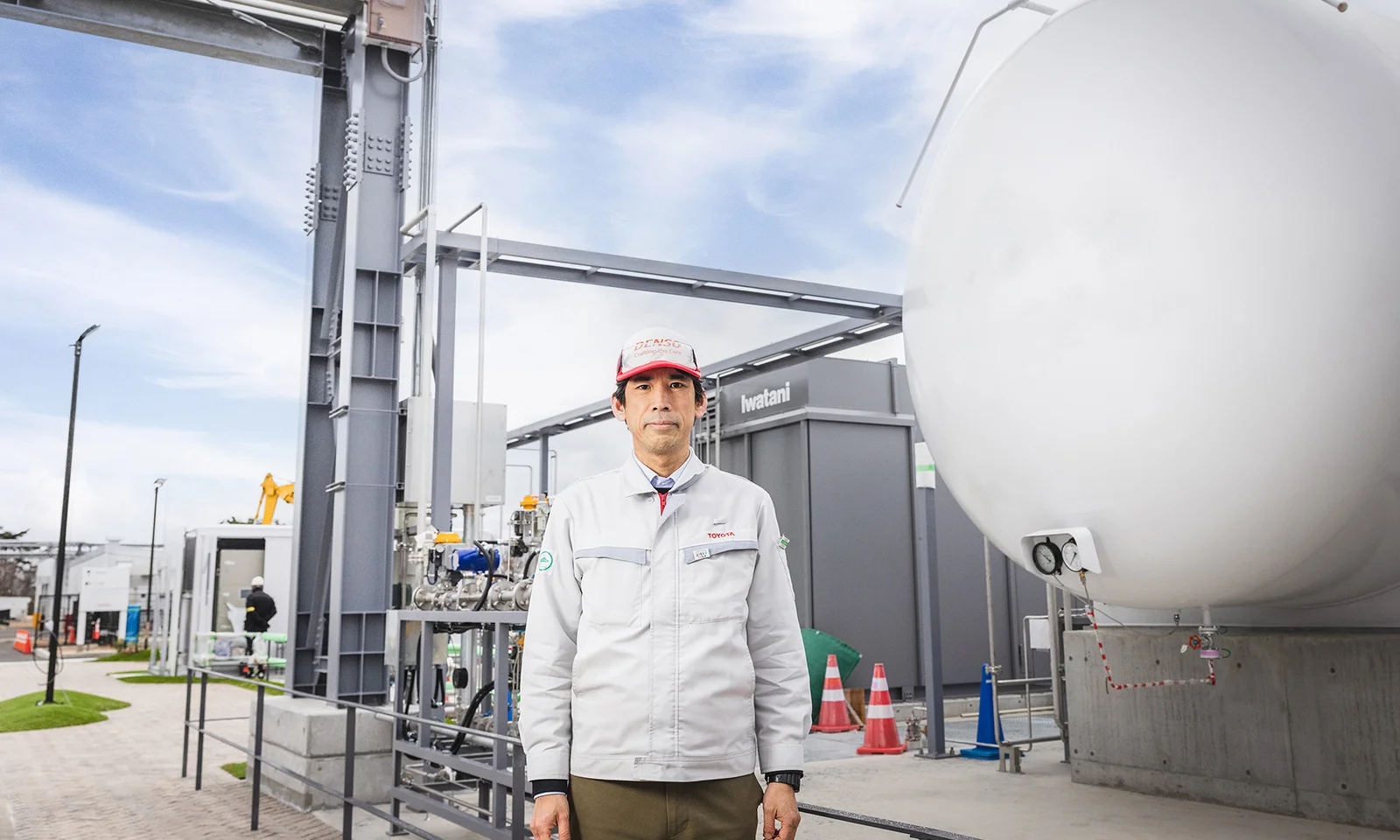
When talking with local companies, Higuchi emphasizes the importance of continuous trials and errors for a better future.
“Promoting hydrogen utilization may sounds good, but in reality, it is still expensive to introduce and operate the equipment for it. Of course, the decarbonization mission is important, but companies still have to remain solvent and profitable.
Therefore, we must think of the most environmentally and economically feasible ways to use hydrogen. We would like to think of the best approach in Fukushima to the issue together with local companies while we take initiatives to demonstrate how to make use of hydrogen, discuss the issue and continue trials and errors with them.”
, said Higuchi.
“I was impressed by something that the governor of Fukushima Prefecture once said: ‘Fukushima turned gray by the earthquakes and tsunamis, while it turned white by restoration. Now we’re at the stage of coloring our world once again.’ Through hydrogen, my company would like to contribute to coloring it in nice colors.”
Disseminating Fukushima’s local energy model throughout the world

We began to operate producing hydrogen in March 2023. We installed a water electrolysis system developed by Toyota Motor Corporation in our plant and will produce hydrogen with it using renewable energy generated in DENSO Fukushima.
As for the usage phase of hydrogen, the company aims to replace current fuel with hydrogen for the in-plant afterburner furnace used to detoxify plant emission gases by around the autumn of 2023. One downside of high-temperature combustion of hydrogen is the creation of NOx (nitrogen oxide) gas emissions, but DENSO is making use of own well experienced fuel-combustion simulation technologies to design and develop a system that minimizes these emissions. Combustion furnaces and other such equipment require heat to operate and so they are difficult to electrify. We believe that it will be possible to finally realize decarbonization for the plant as replacing fossil fuel with hydrogen, which does not release CO2 when burning.
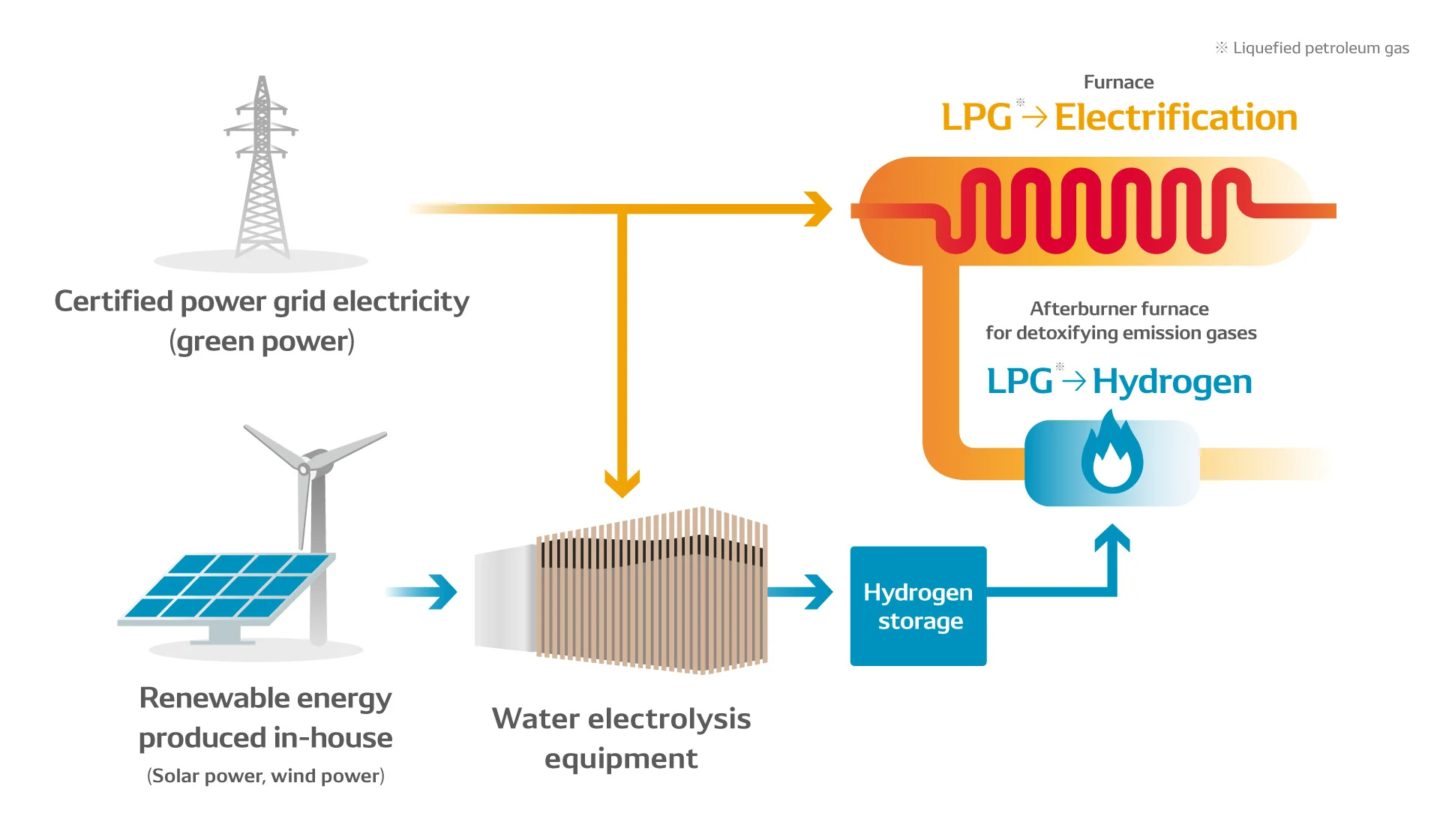
“We will finally succeed in producing and using hydrogen inside DNESO Fukushima this year, allowing us to show and explain a wider range of things to others in regard to hydrogen utilization as a whole. Although we’ve only just started these efforts, we want to make the plant of DENSO Fukushima a showcase for this approach and its technologies.
It means that we want to make DENSO Fukushima the place where we have the people who are interested in hydrogen come, share our efforts, and discuss the future of carbon neutrality.
Through these exchanges, we can form new bonds with locals and hopefully work together on new projects in the future. That’s my vision for our plant.”
Higuchi envisions that the hydrogen utilization technologies expand from Fukushima to other prefectures in Tohoku region and other regions in Japan and are adapted to various plants and other types of facilities, and that envisions that Fukushima becomes the starting point when the hydrogen technologies of Japan expand all over the world.
“Hydrogen is in the stage where we are still trying to reveal its unknown possibilities. Demonstration of hydrogen is worked on in each region with their own purposes.
Carbon neutrality cannot be achieved by one company alone. We are now in the stage where we need to make partners to work on carbon neutrality with.
There’s still a long way ahead, so we must be patient and strong. We would like to work on the issue together with partners who are challenging themselves for the sake of next generation. I have already encountered many such energetic individuals here in Fukushima.
By continuing to talk with such people and by working closely with the younger generation responsible for the future, I hope to be of use to the local region. In this sense, hydrogen is a communication tool as well.”
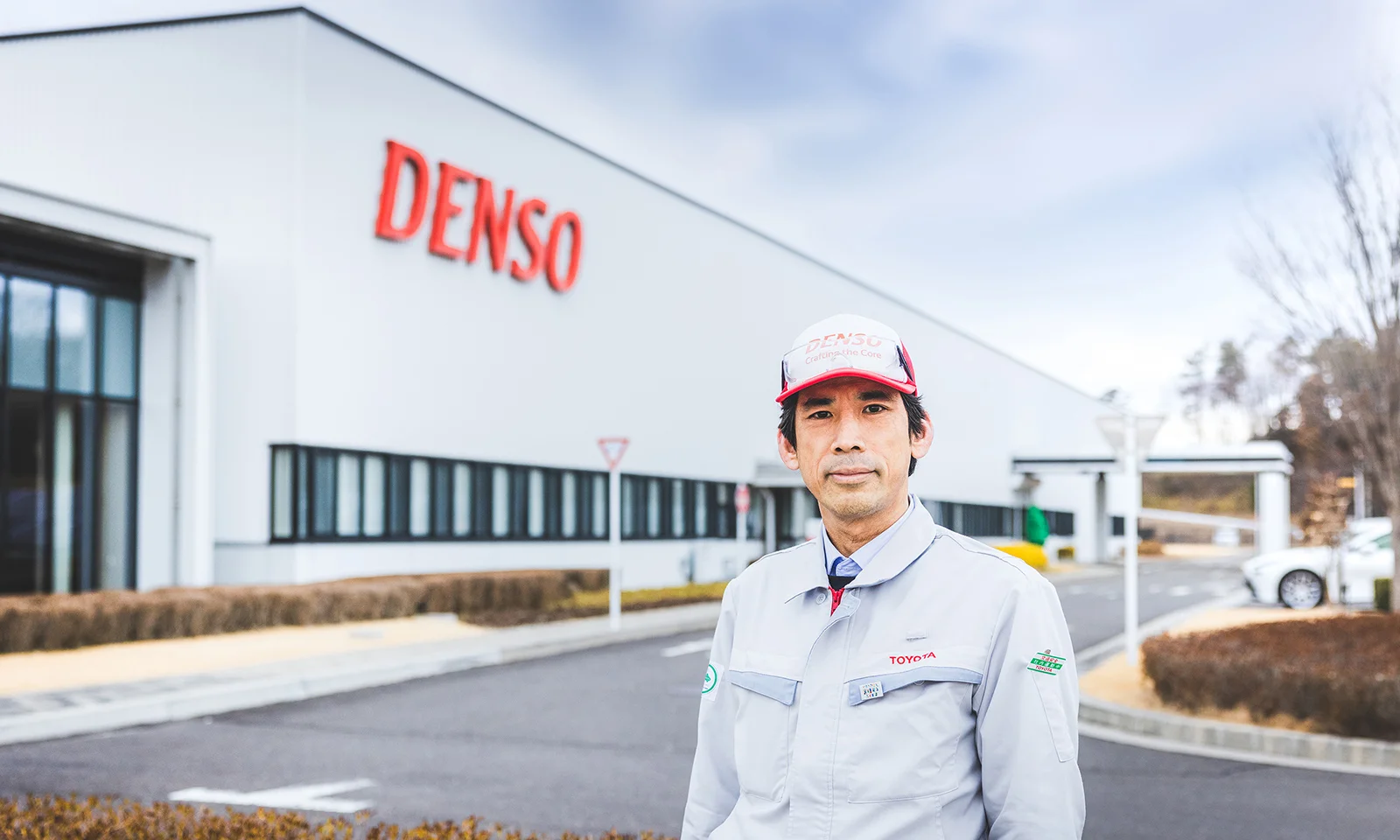
COMMENT
Changing your "Can'ts" into "Cans"
Where Knowledge and People Gather.

